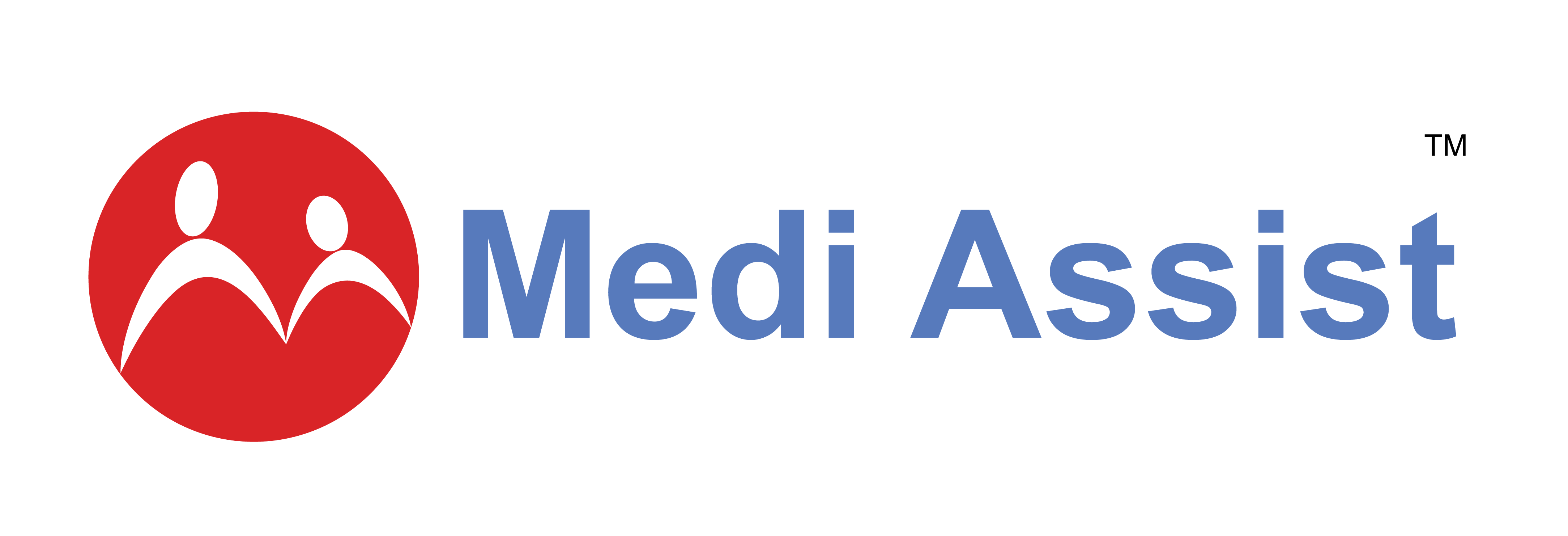In the context of health insurance, UCR stands for “Usual, Customary, and Reasonable.” UCR refers to the standard fee that health insurance companies consider acceptable for a specific medical service or procedure within a particular geographic area. It helps determine the amount the insurance company will pay for covered services.
Here’s a breakdown of each component of UCR:
- Usual: Usual refers to the fee that healthcare providers in a specific geographic area typically charge for a particular service or procedure. It represents the average or commonly charged fee for that service among providers in that area.
- Customary: Customary indicates the fee that falls within the range of charges for a specific service or procedure. It represents what is considered acceptable or customary for that service, taking into account the variation in fees among providers.
- Reasonable: Reasonable refers to the fee that is considered justifiable for a particular service or procedure based on factors such as the complexity, resources required, and prevailing market rates. It ensures that the fee charged is reasonable in relation to the value and cost of the service.
Health insurance companies use UCR to determine their reimbursement for covered services. If a healthcare provider charges above the UCR rate, the insurance company may cover only a portion of the charge, leaving the patient responsible for the remaining balance.
It’s important to note that UCR rates may vary depending on the insurance company, plan, and geographic location. Healthcare providers who are in-network with a particular insurance plan often have agreed-upon fee schedules, which may differ from UCR rates.
Patients should review their health insurance plan documents or contact their insurance company to understand how UCR rates apply to their coverage and the potential financial implications for using healthcare services.
Let’s consider an example to illustrate the application of UCR in health insurance:
Suppose you have health insurance coverage that includes a UCR provision. You visit a dentist in your network for a dental procedure, such as a filling. The dentist charges INR 20000 for the procedure.
Now, let’s assume that the UCR rate for a dental filling in your geographic area, as determined by your insurance company, is INR 15000. This means that INR 15000 represents the usual, customary, and reasonable fee for a dental filling in your area. Hence the bill will be rebased to 15000. All calculations, thereafter, would work based on the policy conditions.
It’s worth noting that actual UCR rates and reimbursement percentages can vary based on your specific health insurance plan, geographical location, and provider network agreements. The example above is a simplified representation to demonstrate how UCR can be applied in a health insurance scenario.
To understand the UCR rates and reimbursement details specific to your health insurance plan, it is recommended to refer to your plan documents or contact your insurance provider for accurate and up-to-date information.







